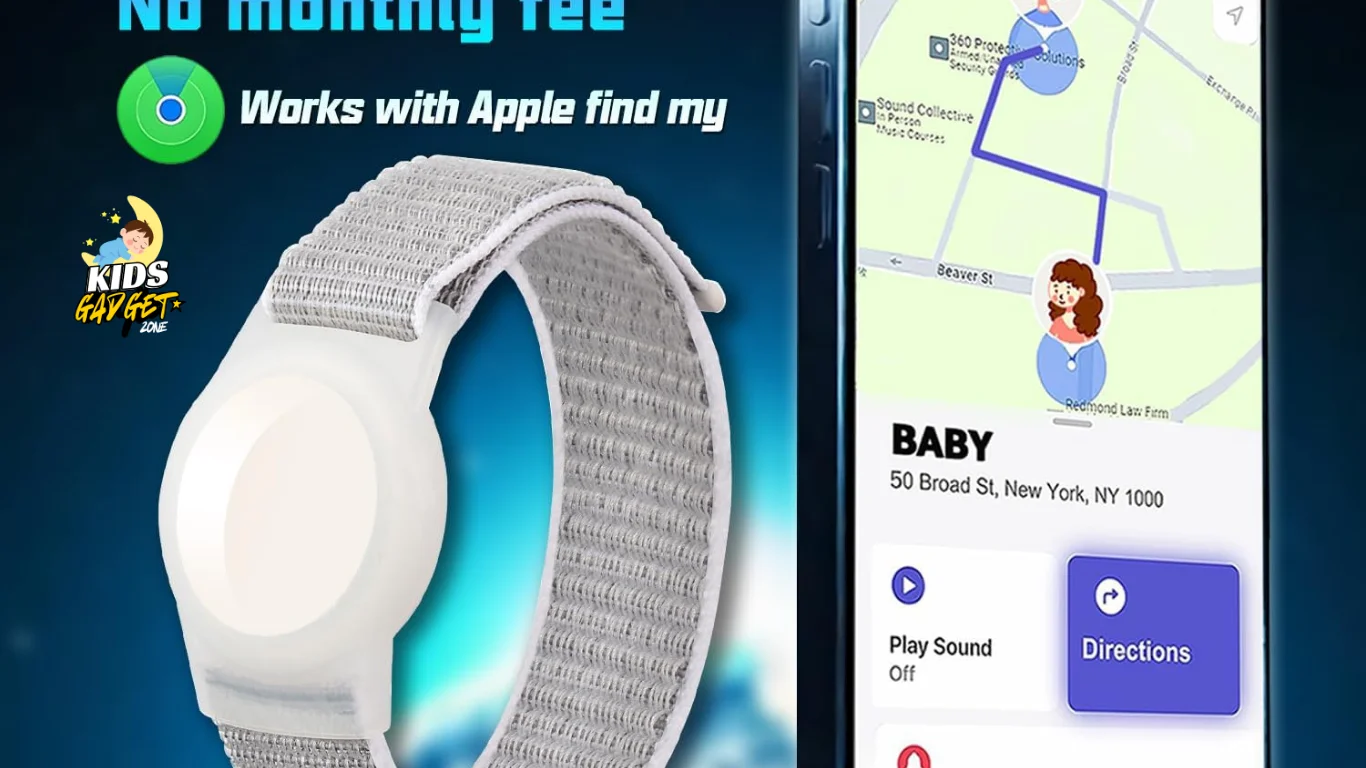Remember that frantic feeling when your child didn’t arrive home on time? Knowing how to track your child can bring immense peace of mind. This guide provides practical and safe methods for monitoring your child’s whereabouts, focusing on balancing parental responsibility with your child’s privacy and well-being. You’ll learn about different tracking options, their advantages and disadvantages, and how to use them responsibly. Learn how to effectively and ethically track your child.
Understanding Location Sharing Apps
Location sharing apps offer a convenient way to track your child’s location in real-time. These apps use GPS technology to pinpoint their device’s location on a map, providing updates at regular intervals. This section explores various app features, their security considerations, and how to choose the right one for your family.
Choosing a Safe and Reliable App
- Privacy Policies: Carefully review the app’s privacy policy to understand how your child’s data is collected, used, and protected. Look for apps with transparent policies and strong security measures. Many apps now offer end-to-end encryption, meaning only you and your child can access the location data. If an app lacks transparency or has a weak privacy policy, consider avoiding it.
- Features and Functionality: Different apps offer varying features such as real-time location tracking, geofencing (alerts when your child enters or leaves a specific area), and historical location tracking. Consider what features are most important for your family’s needs. Some apps may offer additional features like safe routes or SOS buttons for emergencies.
- Reviews and Ratings: Check app store reviews and ratings from other parents to get an idea of the app’s reliability, usability, and customer support. Positive reviews generally suggest a well-functioning, user-friendly app with responsive customer service.
Setting Boundaries and Expectations
Open communication is key when using location-sharing apps with your children. Involve them in the selection process and clearly explain why you’re using the app, emphasizing its role in ensuring their safety. It’s important to establish clear boundaries and expectations around usage, respecting their privacy while ensuring their safety.
Potential Downsides of Location Sharing Apps
- Battery Drain: Constantly running GPS can drain your child’s phone battery quickly. Discuss strategies to manage battery life, such as setting the update frequency to less frequent intervals when not needed. A depleted battery could be even more problematic in an emergency situation.
- Accuracy Issues: GPS signals can be unreliable in certain areas, like tunnels or dense buildings. While infrequent, understanding that this is a possibility prevents panic and promotes realistic expectations.
- Data Security Concerns: Despite strong security features, data breaches remain a possibility. Choosing a reputable app with strong security protocols is essential to minimize this risk. Keep the app updated to benefit from the latest security patches.
Using GPS Trackers
GPS trackers are small devices that can be attached to your child’s belongings, such as a backpack or keys. Unlike location-sharing apps, GPS trackers operate independently and do not require a smartphone. This section will discuss the advantages and disadvantages of using these devices, focusing on their installation and usage.
Types of GPS Trackers
- Real-time trackers: These trackers send location updates frequently, providing near real-time location data. These are ideal for immediate location needs, but often have shorter battery life.
- Interval trackers: These trackers send location updates at set intervals, conserving battery life. While less immediate, they are sufficient for most tracking needs.
- Hidden trackers: These are discreetly hidden to track belongings without being easily detected. Ethical considerations are extremely important when using this type of tracker.
Installing and Monitoring a GPS Tracker
- Choose a reliable tracker with a strong signal and long battery life. Consider factors like size, ease of use, and subscription costs.
- Follow the manufacturer’s instructions to activate and charge the tracker. Many trackers require a subscription for data access.
- Attach the tracker to your child’s belongings. Ensure it’s securely fastened to prevent accidental detachment or damage.
- Download the tracking app and log in to view your child’s location.
Privacy Implications of GPS Trackers
Using GPS trackers raises privacy concerns. It is crucial to have open communication with your child about the tracker’s presence and purpose. Transparency is key to building trust and avoiding misunderstandings. Consider the potential impact on their sense of autonomy and privacy, and discuss ways to minimize these concerns.
Alternative Methods for Tracking Your Child
Beyond apps and trackers, there are other methods you can use to stay connected with your children. This section examines these alternatives, which offer varying degrees of real-time monitoring and privacy implications.
Regular Check-ins and Communication
Simple phone calls or text messages can be an effective method for keeping in touch and ensuring your child’s safety. Establish regular check-in times to maintain contact and address any concerns.
Using Social Media and Messaging Apps
While not ideal for real-time tracking, social media and messaging apps can still provide a degree of visibility into your child’s location and activities, especially if they share their location publicly (with your prior consent).
Family Locator Feature on Smartphones
Many smartphones have built-in family locator features. These often offer convenient ways to check on each other’s location, making it easy for both you and your child to share their whereabouts in a controlled way. This is often the least invasive and most acceptable method for teenagers.
Legal and Ethical Considerations
Tracking your child’s location raises several legal and ethical questions. This section clarifies the limitations and responsibilities of parental monitoring.
Child’s Age and Consent
The legal and ethical aspects of tracking a child depend greatly on their age and understanding. Young children likely lack the capacity to consent to tracking, so parental oversight is crucial. For older children and teens, open communication and obtaining their consent are essential to avoid conflict and maintain trust.
Data Privacy and Security
Data privacy is paramount. Always choose reputable apps and trackers with strong security measures. Ensure that you are complying with all relevant data privacy regulations and laws.
Transparency and Communication
Transparency and honest communication with your child are vital in any tracking arrangement. Explain the reasons for tracking, emphasizing safety and well-being. Discuss how the information will be used, respecting their privacy and fostering a sense of trust.
Debunking Common Myths about Child Tracking
Myth 1: Tracking is an invasion of privacy.
While tracking does involve monitoring a child’s location, it is often a necessary safety measure. The level of tracking should be proportionate to the level of risk and involve open communication with the child.
Myth 2: All tracking apps are created equal.
Different apps offer different features and levels of security. Carefully research and compare various apps before making a choice. Consider aspects such as privacy policies, data security, and user reviews.
Myth 3: Only GPS trackers are effective for tracking children.
Several methods exist for tracking children, each with its own advantages and disadvantages. A combination of methods may be most effective, depending on your child’s age, needs, and the circumstances.
FAQ
What is the best way to track my child’s phone?
The best method depends on your child’s age and your comfort level with technology. Location-sharing apps are convenient, but GPS trackers offer more discreet monitoring. Open communication with your child is key, regardless of the chosen method.
Are there free apps for tracking my child?
Several free location-sharing apps are available, but they may have limitations in features or data security. Paid apps often provide more comprehensive features and better privacy protection. Consider your needs and budget before selecting an app.
How can I track my child without them knowing?
While covert tracking is possible with GPS trackers, it is generally ethically questionable and can damage your relationship with your child. Open communication and shared responsibility is usually the better strategy. It is also important to check your local laws before employing methods of tracking without a child’s consent.
Is it legal to track my child’s phone?
Legality varies by jurisdiction and depends largely on the child’s age and the method used. Generally, parents have a right to monitor their children, especially minors, to ensure their safety. However, overly invasive tracking can have legal consequences. Consulting a legal professional is advised to ensure compliance with all applicable laws.
What should I do if my child’s location is inaccurate?
Inaccurate location data can be due to poor GPS signal or technical issues. Try restarting the phone or the tracker. If the problem persists, contact the app or tracker’s customer support.
Can I use my child’s phone’s location history to track them?
Yes, most smartphones retain location history, but access is typically dependent upon the phone’s settings and your relationship with your child. Access should be done ethically and with proper discussion with your child, especially in the case of older children.
How often should I check my child’s location?
The frequency of checking depends on your child’s age, maturity level, and any specific safety concerns. Overly frequent checks can be intrusive, while infrequent checks might not offer sufficient reassurance. Balance is crucial.
Final Thoughts
Tracking your child’s location is a tool that, when used responsibly and ethically, can provide peace of mind and enhance safety. Remember that open communication with your child is crucial. Involve them in the process, explain your reasoning, and respect their privacy. Choose methods that balance safety with their rights and ensure your tracking practices are legal and ethical. By implementing these practices, you can effectively utilize technology to maintain a balance between safety and respect for your child’s independence.

